Circular 14 - Competitive advantage for banks with sustainable capital strategies
Circular 14 of the State Bank officially took effect recently to replace Circular 41, which is expected to raise the capital safety standards of the banking system to a higher level. The main highlight of this circular revolves around the capital safety ratio (CAR), which is the ratio of Equity Capital/Risk-Weighted Assets of the bank. This can be understood as a safe capital buffer to prevent unexpected risks from occurring to credit institutions. According to the regulations in the old circular, Circular 41, the minimum CAR ratio that banks must achieve is 8%.
However, according to the provisions of Circular 14, this buffer will have to be significantly thicker, increasing to 10.5% by 2030. Not to mention that according to the new circular, different components of the capital buffer must also comply with different minimum ratios. Simply put, it is like a periodic test for banks: Before, they only had to pass a single test called CAR, but now they have to add many other component tests.
Not only the amount of capital, but also the quality of capital must be improved, through the regulation of risk coefficients corresponding to some specific fields, especially commercial real estate. Thus, Circular 14 can create more competitive advantages for banks pursuing a strategy of sustainable asset growth.
A few banks have proactively registered to apply Circular 14 early. However, to be allowed to apply the risk coefficients closest to their customer base, instead of the general level set by the State Bank, banks must prepare their own data warehouse lasting 5-7 years, and at the same time build an internal model to report to the State Bank (SBV).
Mr. Tong Tran Hieu - Head of Integrated Risk Management Department, Vietcombank said: "One of the highlights of Circular 14 is that the State Bank allows commercial banks to use internal models to estimate parameters on customer default probability, customer loss at the time of default, customer outstanding debt at the time of default, thereby helping banks to estimate risk coefficients closer to their credit portfolios."
Mr. Nguyen Tien Dung - Head of Stock Analysis Department, MBS shared: "The application of new regulations may put certain pressure on some small and medium-sized banks. On the contrary, some state-owned or private banks with thick capital buffers will be less affected and may even have better competitiveness."
Depending on each period, the State Bank is also allowed to increase the CAR requirement by a maximum of 2.5%. That is, instead of 10.5%, the CAR requirement can be up to 13%. This is considered a credit brake of the management agency, slowing down the capital flow into the market when necessary. Along with that, areas such as commercial real estate will be subject to a much higher risk coefficient, forcing banks to change their strategies.
Mr. Pham Quang Thang - Deputy General Director of Techcombank commented: "We must build assets and allocate them reasonably so that the asset structure can bring high efficiency but must be safe and it must demonstrate the development strategy, customer strategy, and effective but sustainable asset strategy".
The most important point of Circular 14 is considered to have brought the capital and credit standards of the banking system closer to international standards.
Mr. Tran Duc Anh - Director of Macroeconomics and Strategy, KBSV commented: "The most important point is that the issuance of Circular 14 helps us approach the BASEL III standard and look towards the future of applying the CAR coefficient calculated according to Circular 14, along with a number of other coefficients as a basis for granting credit room to commercial banks, instead of the room granting mechanism of the State Bank right from the beginning of the year as at present".
In the long term, this circular will be the foundation for the banking system to improve its resilience, integrate more deeply with the international market and contribute to ensuring macroeconomic stability.
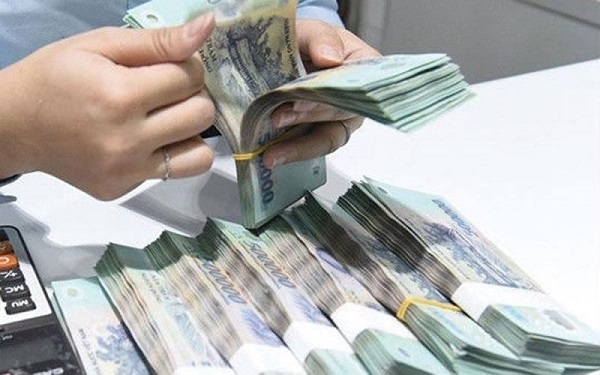
Orientate credit flow so that credit expansion must be associated with ensuring loan safety.
Credit expansion must ensure loan safety.
In the context of Vietnam setting a high GDP growth target not only for this year but also for the coming period, improving the capital capacity of the banking system is more urgent than ever. But more importantly, it is also important to orient the credit flow so that credit expansion must be associated with ensuring loan safety.
Circular 14 provides different ways to calculate risk coefficients for each group of fields. Particularly for real estate loans, the risk coefficient is divided into many cases, such as customers borrowing to buy social housing have a risk coefficient from 20% to 50%, and if borrowing commercial housing, it is from 60 - 150%, depending on the borrower's source of debt repayment.
Dr. Do Thi Thu Ha - Deputy Head of Banking Business Department, Banking Faculty, Banking Academy said: "High risk coefficients for real estate have signs of speculation such as cases of buying a second real estate or buying commercial projects or signs of real estate speculation to be able to direct credit capital flow into production sectors, serving more production and business".
Applying safety coefficients according to different loan risk groups, experts say, this method also forces commercial banks to consider credit granting policies, avoiding capital stagnation due to ensuring safety ratios. Therefore, if lending to priority areas, production and business with low risk coefficients, banks will optimize capital use efficiency.
Dr. Le Hong Thai - Faculty of Banking and Finance, University of Economics, Vietnam National University, Hanoi commented: "When the capital safety ratio is high, the credit space I can disburse to units and industry groups is not too abundant. Banks must focus their lending strategy, lending to which industry groups and which subjects, and cannot lend in a spread-out manner like before."
Banks that pay attention to capital safety regulations, ensuring that credit flows are directed in the right direction, to priority areas, will often be rated better. The State Bank of Vietnam also said it will strengthen supervision, to ensure that credit growth goes hand in hand with credit quality and safety.
Mr. Pham Chi Quang - Director of Monetary Policy Department, State Bank of Vietnam commented: "The document directs and works with credit institutions to warn credit institutions in allocating and increasing high credit growth but must achieve efficiency as well as credit quality. With such a situation, in the coming time, the State Bank of Vietnam will continuously review and direct credit institutions to consider, pay special attention to allocating credit to areas with potential risks, to avoid bad debt arising in the coming time".
Notably, in Circular 14, banks are only allowed to distribute remaining profits in cash, including dividends, when maintaining sufficient capital safety ratios. This is a completely new regulation that prioritizes capital safety before banks can share profits with shareholders.
Prioritizing capital safety, getting closer to international standards - is the general spirit of Circular 14. According to the update of the State Bank, up to this point, only a few banks have proactively registered to apply Circular 14. For banks that are not ready, there will be 4 years to increase capital and adjust credit structure according to the roadmap of the Circular, before being required to meet the strict regulations on January 1, 2030.
Source: https://vtv.vn/thong-tu-14-nang-cao-chuan-muc-an-toan-von-100251007233711278.htm








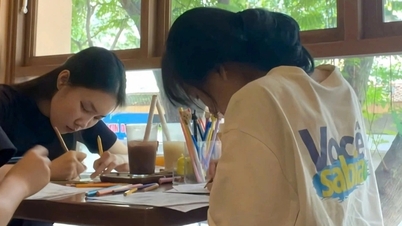



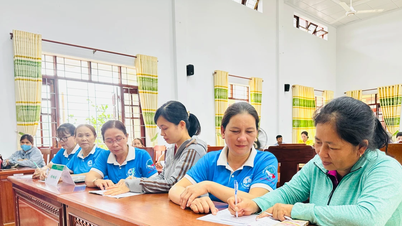


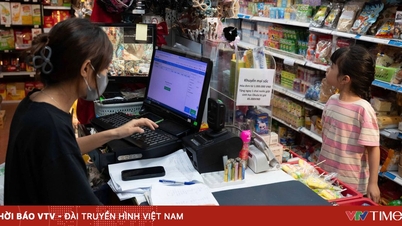
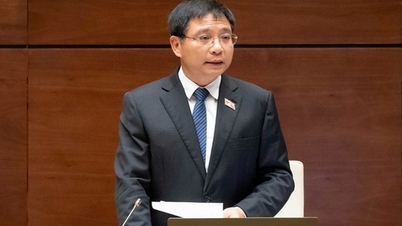

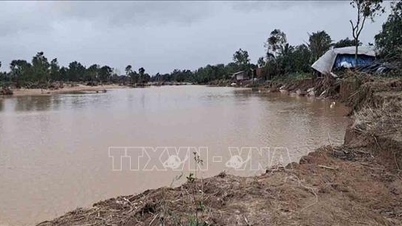
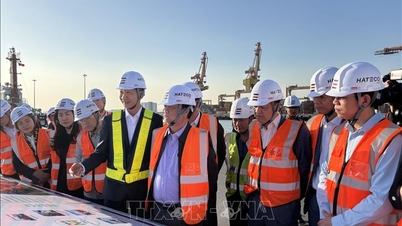


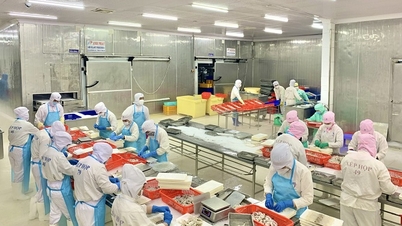

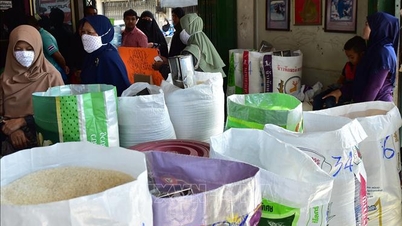






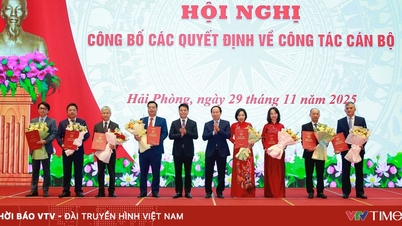


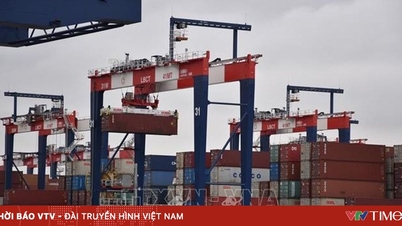

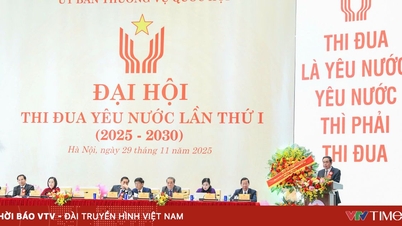







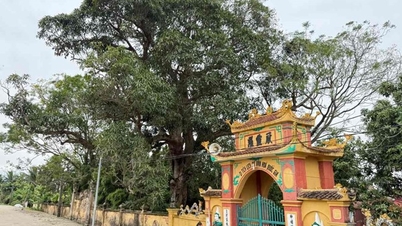






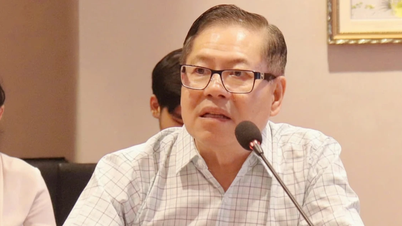

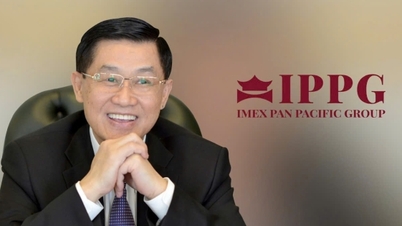










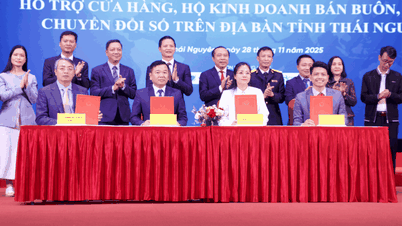








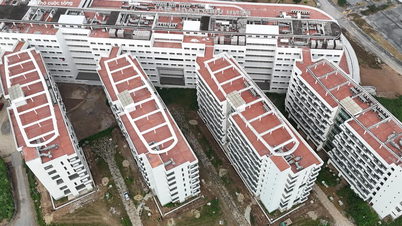

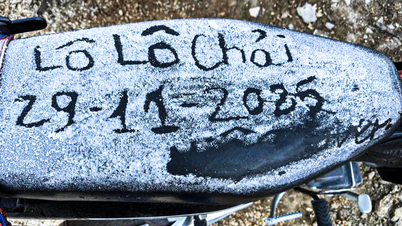






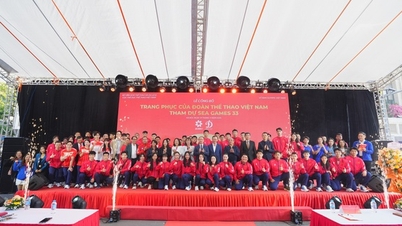

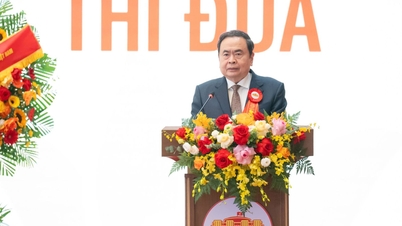



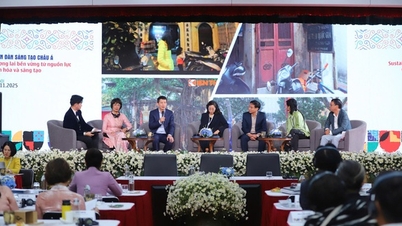
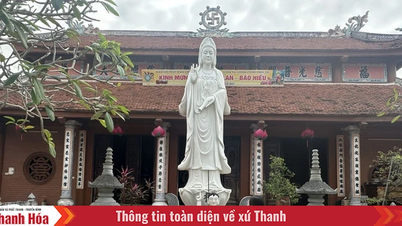

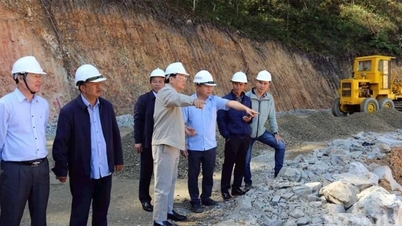





















Comment (0)